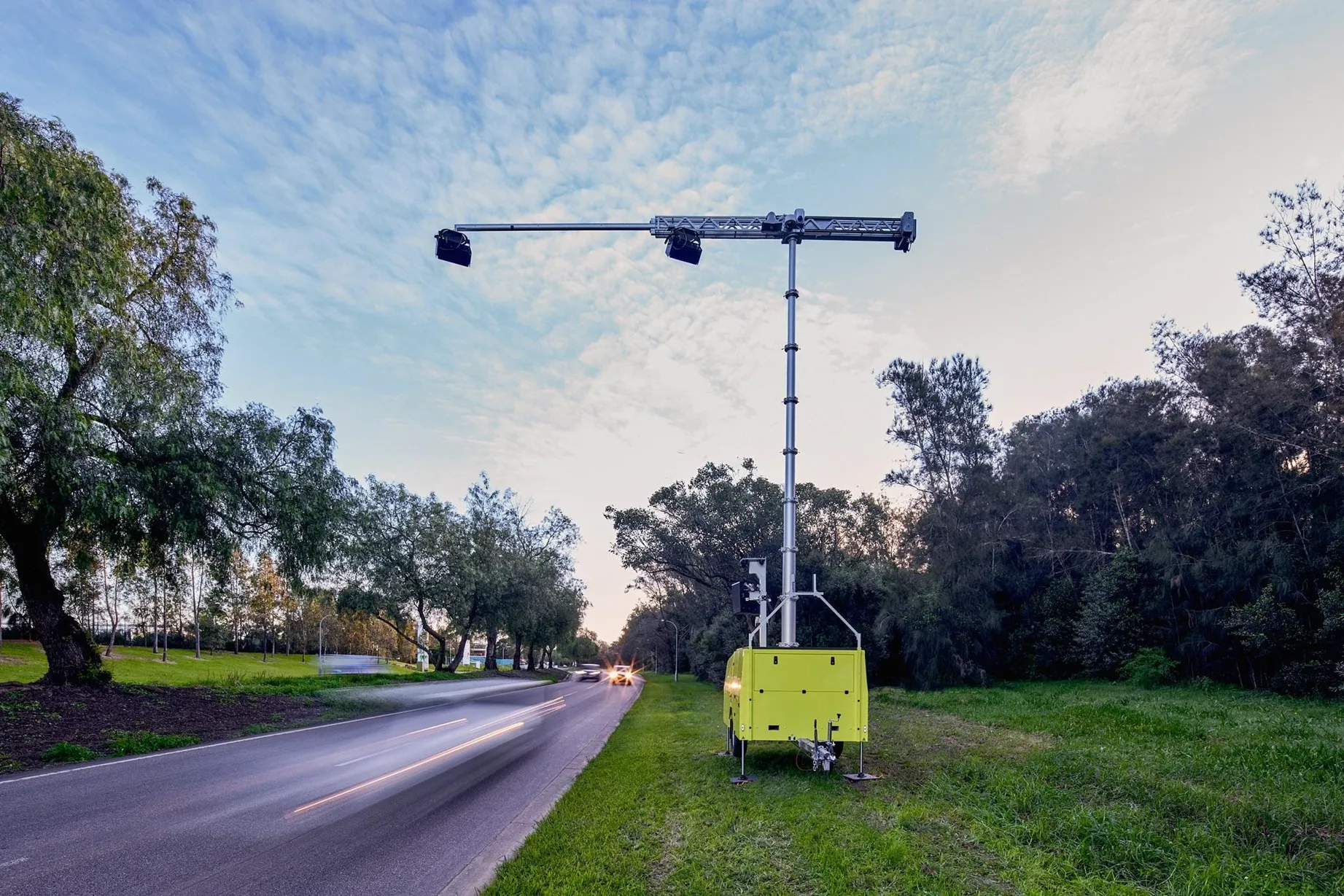According to the latest report by independent technical consultancy SBD, End User Survey for Consumer Needs in South East Asia, 85 per cent of south-east Asian drivers already use some form of navigation each month. SBD surveyed 2,400 drivers in Indonesia, Malaysia and Thailand and implemented its consumer profiling tool to find out what connected services these drivers likely to need. South-east Asia has long been an afterthought market for the telematics industry, largely due to its poor road infrastruct
November 12, 2012
Read time: 3 mins
According to the latest report by independent technical consultancy 4263 SBD, End User Survey for Consumer Needs in South East Asia, 85 per cent of south-east Asian drivers already use some form of navigation each month. SBD surveyed 2,400 drivers in Indonesia, Malaysia and Thailand and implemented its consumer profiling tool to find out what connected services these drivers likely to need.
South-east Asia has long been an afterthought market for the telematics industry, largely due to its poor road infrastructure and low income. However, things have been changing recently.
Between January and June 2012, new car sales in south-east Asia jumped 21 per cent compared to 2011, making it one of the few bright spots for OEMs in a global market that is still dominated by bad news.
The smartphone and tablet market has also grown at an impressive rate, with nearly 7.7 million units bought in the first three months of 2012. Overall, smartphones now contribute to more than 66% of overall mobile phone sales.
With a strong position in the territory, Japanese OEMs have been the first to jump at the opportunity to offer telematics in this market.1686 Toyota became the first to launch a smartphone integration solution in Thailand in early 2012 and domestic OEMs are also following, with 6861 Proton recently launching a 4G telematics solution.
The report also looked at whether OEMs have a comprehensive understanding of what consumers actually like and need and whether they were confident in providing the right services in south-east Asia.
Vehicle manufacturers in other markets, such as USA and China, have become accustomed to implementing a heavy check-list approach to telematics, whereby as many services as possible are bundled together in order to appear technologically competitive. In south-east Asia, however, SBD believes a different approach is required that pinpoints specific 'pains' that different customers groups are experiencing in each market.
Many of these pains can be addressed with low-cost and fast-to-market solutions that rely on the driver smartphone - sometimes even without any in-car integration. A good example of this is traffic information, where companies like Toyota Tsusho are already launching free smartphone Apps that provide services in exchange collecting probe data. According to our survey, other pains that need to be addressed are the rising fuel prices and the difficulties in finding car parking spaces. Some other needs are very country-specific. For example, according to the survey the fear of cars being stolen is much higher in Malaysia compared to other markets.
Whilst not all of these services will require traditional (and often expensive) telematics hardware in the car, they will all require strong partnerships with local content and service providers. Along with understanding consumer needs, developing this network of partners must therefore be the starting point for any OEM seriously considering launching services in south-east Asia.
South-east Asia has long been an afterthought market for the telematics industry, largely due to its poor road infrastructure and low income. However, things have been changing recently.
Between January and June 2012, new car sales in south-east Asia jumped 21 per cent compared to 2011, making it one of the few bright spots for OEMs in a global market that is still dominated by bad news.
The smartphone and tablet market has also grown at an impressive rate, with nearly 7.7 million units bought in the first three months of 2012. Overall, smartphones now contribute to more than 66% of overall mobile phone sales.
With a strong position in the territory, Japanese OEMs have been the first to jump at the opportunity to offer telematics in this market.
The report also looked at whether OEMs have a comprehensive understanding of what consumers actually like and need and whether they were confident in providing the right services in south-east Asia.
Vehicle manufacturers in other markets, such as USA and China, have become accustomed to implementing a heavy check-list approach to telematics, whereby as many services as possible are bundled together in order to appear technologically competitive. In south-east Asia, however, SBD believes a different approach is required that pinpoints specific 'pains' that different customers groups are experiencing in each market.
Many of these pains can be addressed with low-cost and fast-to-market solutions that rely on the driver smartphone - sometimes even without any in-car integration. A good example of this is traffic information, where companies like Toyota Tsusho are already launching free smartphone Apps that provide services in exchange collecting probe data. According to our survey, other pains that need to be addressed are the rising fuel prices and the difficulties in finding car parking spaces. Some other needs are very country-specific. For example, according to the survey the fear of cars being stolen is much higher in Malaysia compared to other markets.
Whilst not all of these services will require traditional (and often expensive) telematics hardware in the car, they will all require strong partnerships with local content and service providers. Along with understanding consumer needs, developing this network of partners must therefore be the starting point for any OEM seriously considering launching services in south-east Asia.









